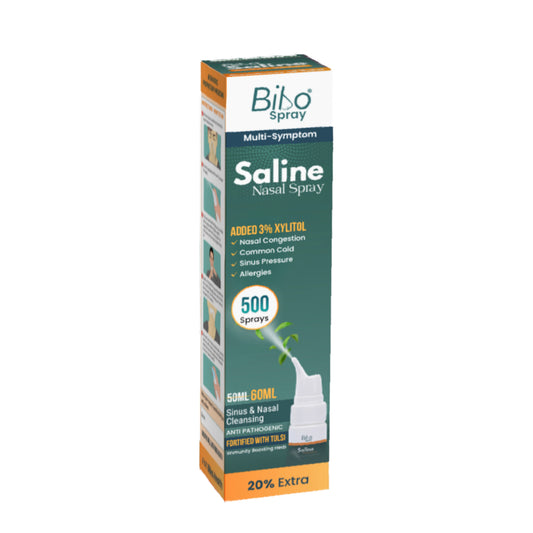
Asthma is a chronic respiratory disease that affects millions of people worldwide. It causes inflammation and narrowing of the airways, making it difficult to breathe.
While there is no cure for asthma, there are several breathing exercises that can help manage asthma symptoms and improve lung function.
How do breathing exercises help deal with asthma?
Breathing exercises can help to improve lung function by:
- Strengthening the respiratory muscles: Breathing exercises can help to strengthen the diaphragm and other respiratory muscles, making it easier to take deep breaths and maintain good lung function.
- Increasing lung capacity: Breathing exercises can increase lung capacity by improving the amount of air that can be taken in and expelled from the lungs. This can help to reduce the feeling of shortness of breath and increase endurance during physical activity.
- Reducing stress and anxiety: Stress and anxiety can exacerbate asthma symptoms. Breathing exercises such as deep breathing, meditation, and progressive muscle relaxation can help to reduce stress and anxiety levels, which can, in turn, reduce asthma symptoms.
- Improving breathing techniques: Breathing exercises can help individuals with asthma improve their breathing techniques and learn to control their breathing during an asthma attack.
Breathing exercises for asthma
Here are a few breathing exercises that may help people with asthma.
- Diaphragmatic breathing: This technique involves breathing deeply from your diaphragm, which is the muscle located at the bottom of your ribcage. To do this exercise, sit comfortably with your back straight and place one hand on your chest and the other on your stomach. Breathe in slowly through your nose, allowing your stomach to expand as you inhale. Hold your breath for a few seconds, and then exhale slowly through your mouth.
- Pursed lip breathing: This technique can help slow down your breathing and reduce the work of breathing. To do this exercise, sit comfortably and breathe in through your nose for two seconds. Then, purse your lips as if you were going to whistle and breathe out slowly through your mouth for four seconds.
- Belly breathing: Similar to diaphragmatic breathing, this exercise involves breathing deeply from your belly. Lie down on your back with your knees bent and your hands resting on your stomach. Breathe in slowly through your nose, allowing your stomach to rise as you inhale. Hold your breath for a few seconds, and then exhale slowly through your mouth.
- Alternate nostril breathing: This technique can help reduce stress and anxiety, which are common triggers for asthma. To do this exercise, sit comfortably with your back straight and place your right thumb over your right nostril. Breathe in through your left nostril and then place your right index finger over your left nostril and exhale through your right nostril. Repeat this process, alternating nostrils with each inhale and exhale.
- Papworth breathing: It includes deep and slow breathing from the diaphragm, relaxation exercises, and good posture. To perform the Papworth breathing technique, start by sitting in a comfortable chair with good posture. Breathe in slowly and deeply through your nose, allowing your abdomen to expand. Hold your breath for a few seconds, then exhale slowly through your mouth, making a whooshing sound. Relax your shoulders and chest, and repeat the process for several minutes. Incorporate relaxation exercises and good posture to maximize the benefits.
- Buteyko breathing: The Buteyko breathing technique is a method designed to help individuals with breathing difficulties, such as asthma, by improving their breathing patterns. To perform the technique, sit up straight and take a small breath through your nose, followed by a small exhale. Hold your breath for a few seconds, then breathe in again through your nose and exhale. Focus on breathing through your nose and slowing down your breathing rate. Practice the technique several times a day to improve lung function and reduce asthma symptoms. It is recommended to consult with a healthcare provider before trying the Buteyko breathing technique.
- Equal breathing: This technique involves breathing in and out for the same amount of time, which can help calm the mind and reduce stress. To do this exercise, sit comfortably with your back straight and breathe in through your nose for four seconds. Hold your breath for four seconds and then exhale through your mouth for four seconds.
- Box breathing: This technique is similar to equal breathing but involves holding your breath for a longer period of time. To do this exercise, sit comfortably with your back straight and breathe in through your nose for four seconds. Hold your breath for four seconds and then exhale through your mouth for four seconds. Hold your breath again for four seconds and repeat the process.
Practising these breathing exercises daily can help improve lung function and capacity and thereby may reduce the occurrence and severity of asthma symptoms.




